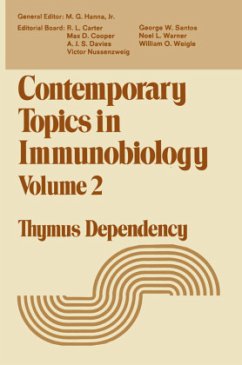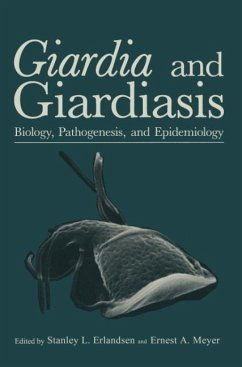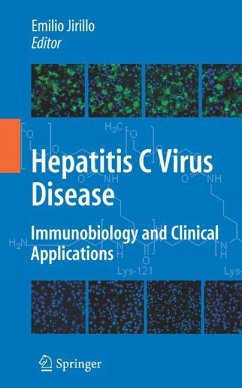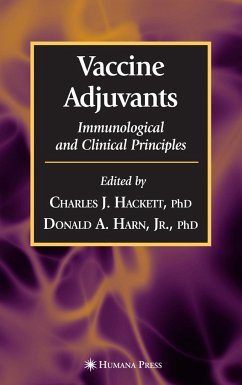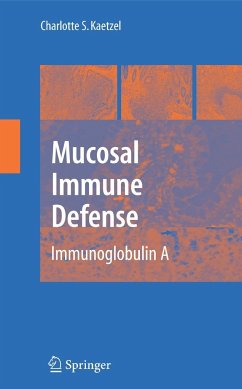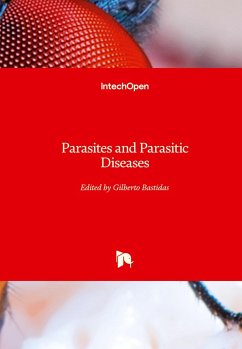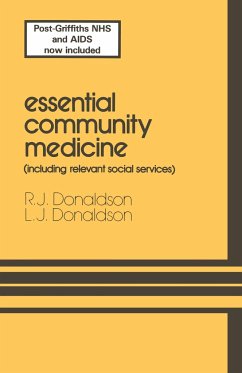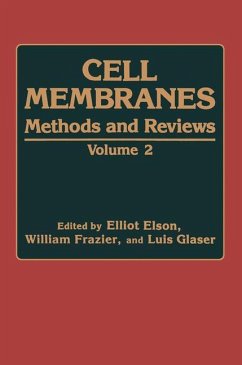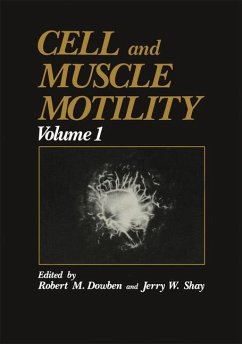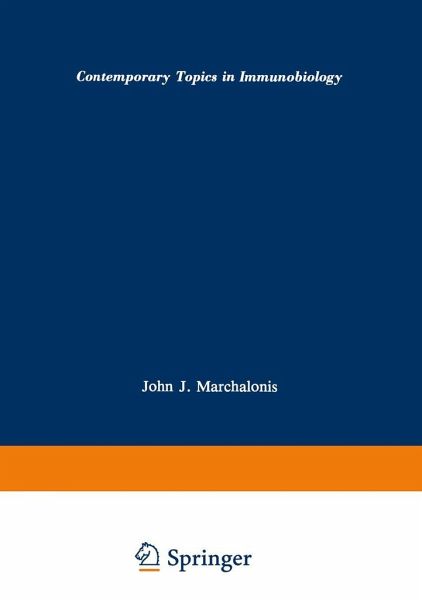
Immunobiology of Parasites and Parasitic Infections

PAYBACK Punkte
39 °P sammeln!
The phenomena involved in infections of man and domestic animals with metazoan or protozoan parasites present formidable practical problems as well as a theoretical challenge to immunologists, molecular biologists, and evolu tionary biologists. With respect to the public health and economic problems, malaria, for example, remains a major health problem with approximately 200 million people being infected yearly and, on the basis of World Health Organiza tion estimates, more than 1 million children die each year of malaria infections (Chapter 4). This volume addresses state-of-the-art immunolog...
The phenomena involved in infections of man and domestic animals with metazoan or protozoan parasites present formidable practical problems as well as a theoretical challenge to immunologists, molecular biologists, and evolu tionary biologists. With respect to the public health and economic problems, malaria, for example, remains a major health problem with approximately 200 million people being infected yearly and, on the basis of World Health Organiza tion estimates, more than 1 million children die each year of malaria infections (Chapter 4). This volume addresses state-of-the-art immunologic approaches to the development of vaccines for parasitic diseases (Chapter 9) and analyses of studies bearing on the antigenic characterization of protozoan and metazoan parasites (Chapters 4, 5, and 7), on investigations of the role of precise mecha nisms underlying natural resistance or non permissiveness of the host to parasitic infections (Chapters 1, 2, and 12), on induced mechanisms including the genera tion of parasite-specific T-cell lines and clones (Chapter 6), and on the generation of monoclonal antibodies (Chapters 4 and 5) to parasite antigens of distinct de velopmental stages. Great progress has been made in characterizing parasite antigens capable of inducing a protective response in the vaccinated host; further progress in this area strongly depends on biochemistry and molecular biology with the long-term goal of synthesizing such antigens chemically or producing them by means of recombinant DNA technology (Chapter 4).





